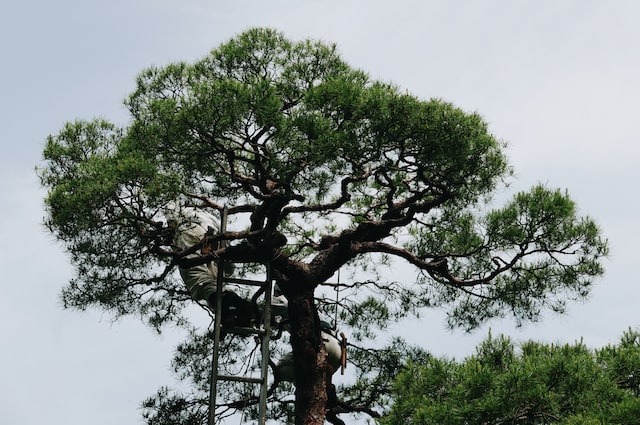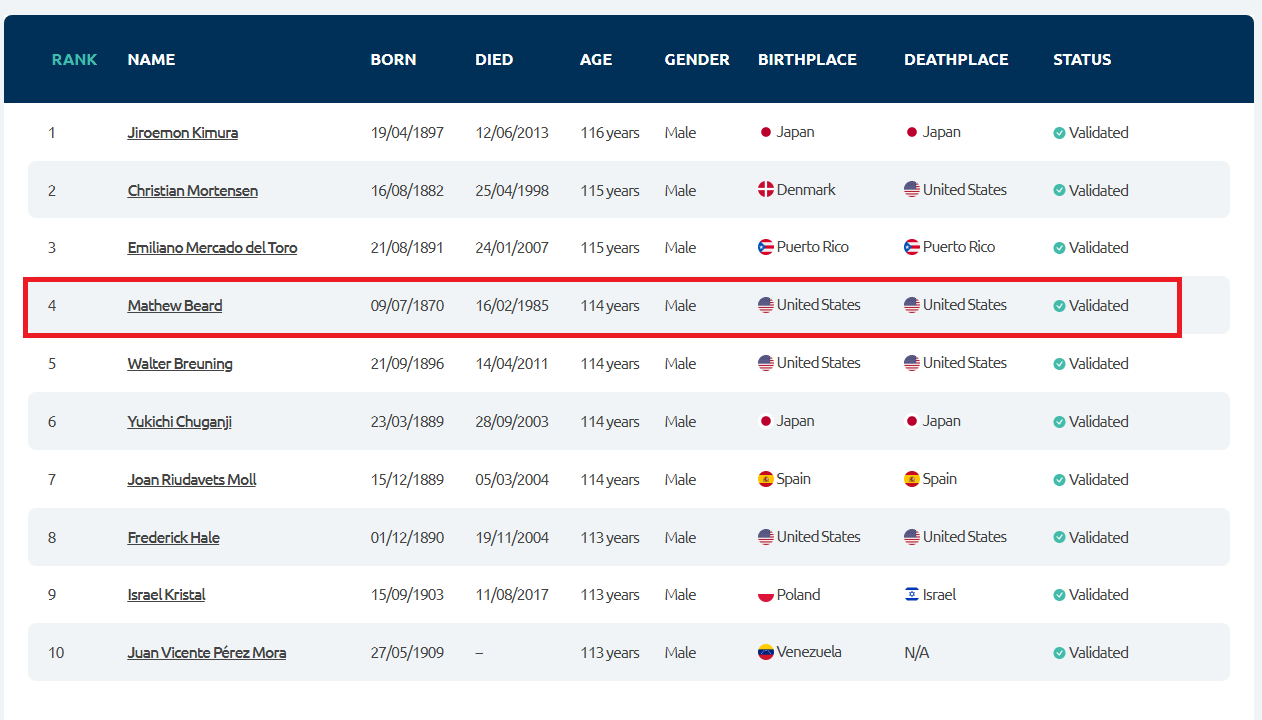Creativity in adapting to the limitations that aging can bring is an essential part of maintaining resilience and productivity over time. Henri Matisse (1869-1954), a French painter and leading artist of the early twentieth century, provides an example of creative adaptation. Throughout most of his career, Matisse sculpted and painted large canvases with vibrant colors and wild brushstrokes, becoming a leader in the Fauvism movement of the early 20th century. In his 70’s, he was confined to a wheelchair after surgery for duodenal cancer that left him unable to paint or sculpt. Because of these limitations, he developed a new method of producing art, by cutting shapes from colored paper and having assistants arrange them on a canvas, something that he was able to do while seated. This “cut-out” art ultimately became some of his most acclaimed work.
According to Nick Riggle, a professor of philosophy and author of “This Beauty: The Philosophy of Being Alive”, Matisse viewed this time as the “culmination of his artistic life” and quotes Matisse as saying, “Only what I created after the illness constitutes my real self: free, liberated.” In Riggle’s essay for the New York Times, he discusses accepting changes that come with aging and disability in the context of radical openness and acceptance. He describes the lesson of Matisse as what we can learn when we “practice a radical aesthetic openness to our bodies, to what they can do and produce as time and chance inevitably transform us.”
Instead of viewing older age as a time of decline and regression, Dr. Gene Cohen, a pioneering psychiatrist in geriatric mental health, established that creativity is both an essential component of healthy aging and a quality that can increase with age. Dr. Cohen cites evidence that creative expression and engagement in artistic pursuits benefit health by giving the individual a sense of mastery, boosting the immune system, increasing social engagement, and promoting brain plasticity.
According to Dr. Cohen, during later life, people can experience a greater sense of freedom that allows for increased experimentation and creativity. He cites the choreographer Martha Graham, the poet William Carlos Williams, and artist Elizabeth Layton, who all reached creative peaks after age 65. Notably, Williams published his 1962 work Pictures from Brueghel and Other Collected Poems, ten years after he suffered a series of strokes and was hospitalized for severe depression. Writing poetry helped alleviate Williams’ depression and the resulting book of poetry ultimately won a Pulitzer Prize. Cohen quotes Williams as describing the period as “old age that adds as it takes away”. For Williams, he found creative productivity despite aging and disability.
Advanced age can allow for an increased capacity for creativity and adaptation to obstacles, along with greater opportunities to pursue creative passions. Creativity is a quality that can promote healthy, happier aging. Longeviquest profiles verified supercentenarians who exhibit examples of flourishing creative pursuits in older age:
- Chiyo Miyako: originally from the Wakayama Prefecture in Japan, Miyako lived until 117 years old. At age 114, she was still engaged in her long-term hobbies of calligraphy and writing haiku.
- Jeralean Talley: born in Georgia, Talley lived until 116 years old and was the oldest person in the world when she died. She enjoyed bowling and continued to do so until age 104, when her legs became too weak. Undeterred by this change, she instead took up fishing with a friend to replace her former hobby.
References
Cohen, Gene D. “Research on Creativity and Aging: The Positive Impact of the Arts on Health and Illness.” Aging and the Arts, (2006). Accessed March 7, 2023. http://www.cas.miamioh.edu/oma1/OMARoot/Research/Cohen_2006.pdf.
Riggle, Nick. “How Henri Matisse (and I) Got a ‘Beautiful Body’.” New York Times, December 25, 2022. https://www.nytimes.com/2022/12/25/opinion/matisse-disability-beauty-body.html.





